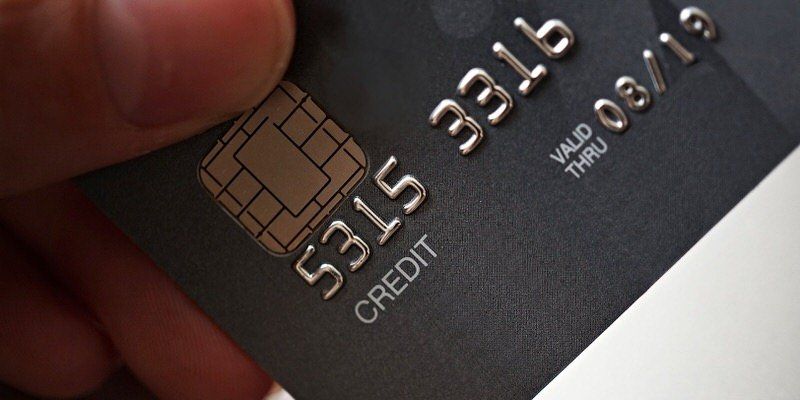Minimum Required Credit Profile

Credit. The ability of a customer to obtain goods or services before payment, based on the trust that payment will be made in the future. When you borrow money to buy a house, you will be required to prove that you have a good history of managing your credit. But what exactly is a “good history of managing credit”? What are lenders looking at when they assess your credit report?
An easy way to remember the minimum requirements for credit is the 2/2/2 rule. 2 active trade lines for a minimum of 2 years, with a minimum of a $2000 limit.
Two active trade lines. You receive a trade line on your credit report anytime a lender extends you credit. This could be a credit card, an instalment loan, or a line of credit. Your repayment history is kept on your credit report. In order for a trade line to be considered active, you must use it at least once every three months.
Two years. Both your trade lines have to be established for at least two years. This gives the lender confidence that you have established your credit over a decent period of time.
Two thousand dollars. This is the bare minimum limit required on your trade lines. So if you have a credit card with a $1000 limit and a line of credit with a $2500 limit, you would be okay as your limit would be $3500. Sometimes people confuse the limit with the balance. You don’t have to carry a balance on your trade lines for them to be considered active. In fact, it’s best if you use your trade lines, but pay them off in full every month.
A great way to use your credit is to pay your bills via direct withdrawal from your credit card, then setup a regular transfer from your bank account to pay off the credit card in full. Automation becomes your best friend. Just make sure you check that everything is working as it should every once and awhile.
Now, although this all may seem pretty straightforward, there are a lot of situations where people assume they will qualify with a minimum required credit profile, when in fact they don’t. It could be a simple fix, or it could require a lot of time. So, if you are thinking about buying a house in the next couple of years, and want to make sure that your credit profile will be established by the time you are ready to shop, please contact any of our Canadian Mortgage Experts anytime and we can work through your mortgage application.



